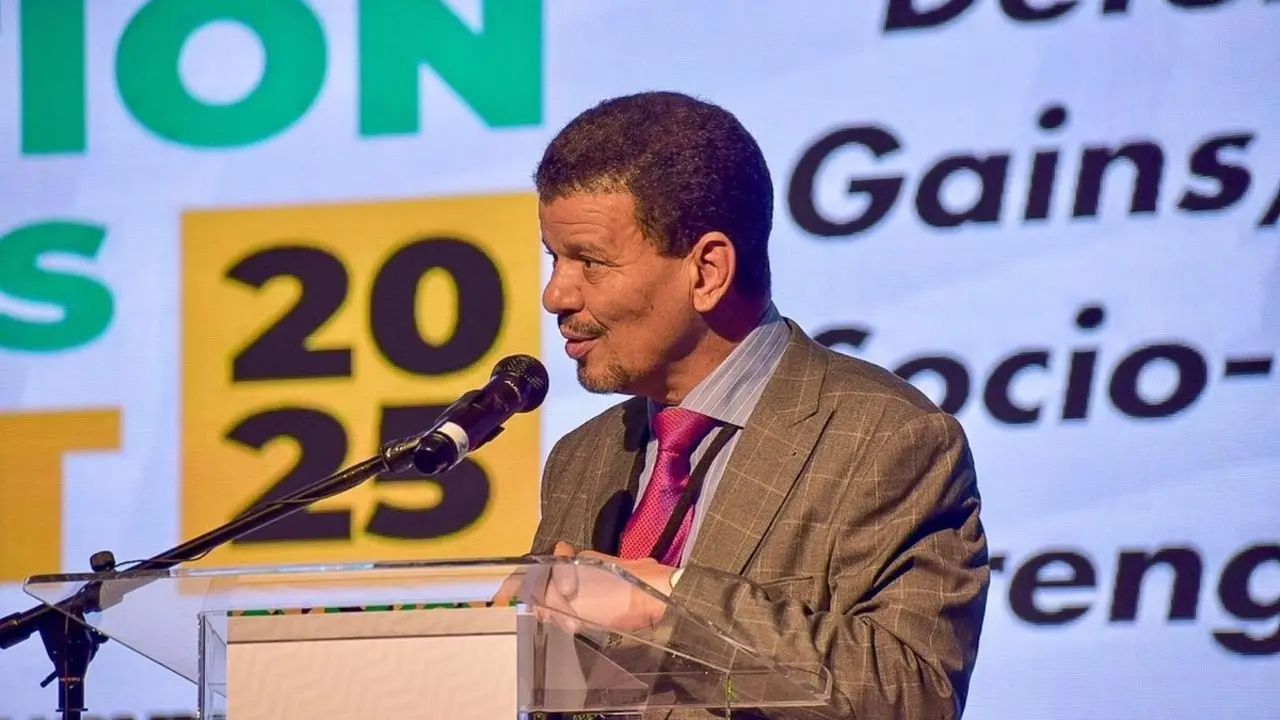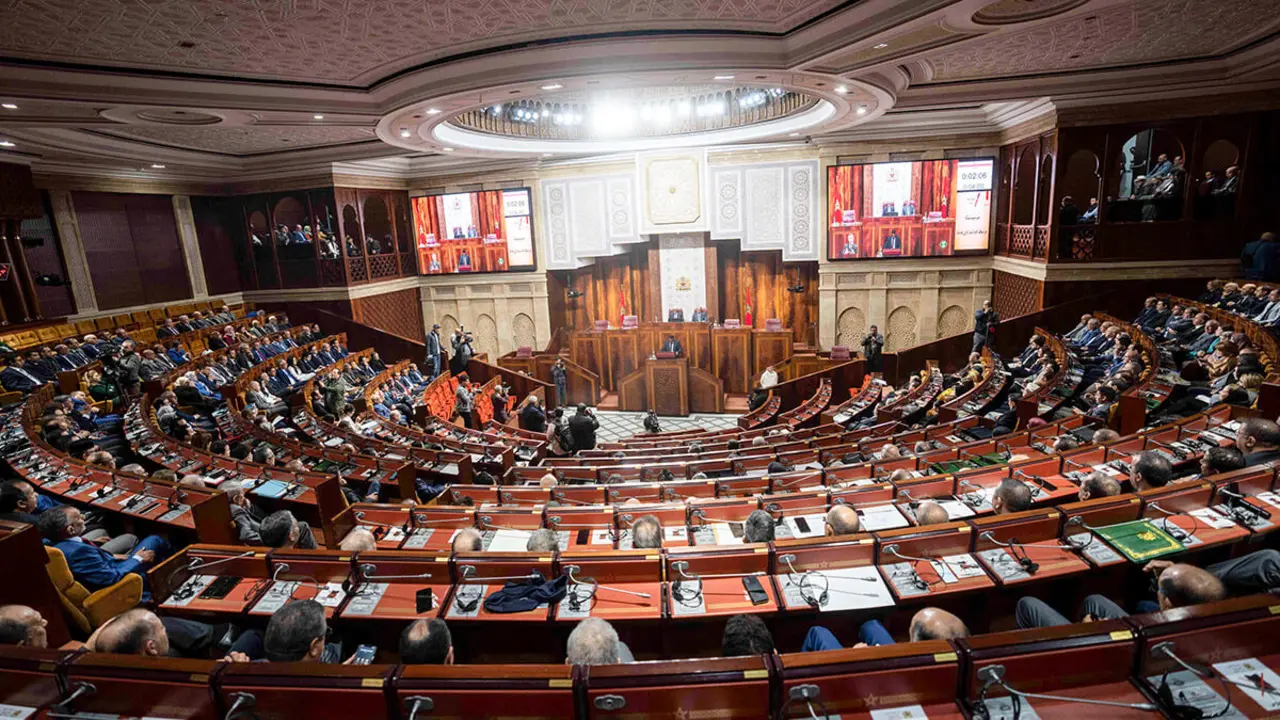A one-way ticket to escape the Lebanon crisis

When the protests broke out on October 17 in Lebanon, Youmma Hamooud took to the streets in excitement. Five months later she has lost hope and is only looking for a one-way ticket to escape from a country that is sinking into one of the worst economic crises in its history. “Our generation lost the last battle,” she tells Efe Hammoud, 22, who cannot hide how “the great hopes” she had for her country's future when thousands of people took to the streets to demand change in the country's political regime have disappeared. “I thought I didn't want to leave, but now I am forced to find a better future,” added this young graduate in Natural Resources Conservation Management in Beirut. Hammoud's case is not the only one. According to data from the regional consulting firm Information International in 2019, the number of permanent departures of Lebanese doubled in 2019 compared to 2018.
Lebanese Prime Minister Hasan Diab admitted on the 7th that Lebanon is “sinking” into the worst crisis since the end of the civil war in 1990 that ravaged the country. On October 17, the Lebanese took to the streets, fed up with the corruption of the ruling class and a situation that has made it one of the most indebted countries in the world. According to Diab, Lebanon has a public debt of more than 90 billion dollars, which represents 170 % of the GDP. The government announced at the weekend that, for the first time in its history, it was entering a cessation of payments of its foreign debt as it was unable to honour a maturity in Eurobonds of 1.2 billion dollars on 9th March. Diab revealed, in a harsh speech to the nation, that 40 percent of the population “will soon fall below the poverty line” and the country needs that money to cover the basic needs of its citizens.
According to figures provided to EFE by the consulting firm Information International, the number of Lebanese who emigrated in the last three months of 2019 when the protests began reached 19,263 Lebanese compared to 14,129 Lebanese for the same period in 2018. In addition, the firm points out that in all of 2019, 66,806 Lebanese bought a one-way ticket not to return, compared to 33,841 the previous year, representing a 97.5% increase in a country of 6 million inhabitants. Guita G. Hourani, director of the Lebanese Research Center for Migration and Diaspora Studies, told Efe that for “long-term migration, most Lebanese are choosing the United States, Canada, France, Sweden, Germany, Armenia and Australia, among others”. Although those seeking work “are now opting for the opportunities offered in Asia and Eastern Europe” which are considered new destinations for Lebanese migration.

Araz Topalian assures Efe that he is doing his best to leave, but leaving is not easy either. “I talked to an immigration lawyer about going to Canada and he asked me for $7,000 just for his fee. (...) It's too expensive so I decided to do the process myself,” explains this young man with a postgraduate degree in architecture. “If I ever leave, I will never come back and I don't blame the government, I blame the whole nation,” he says. Garabed Khachadour is a video game developer and recently moved to Armenia, leaving behind a country unable to guarantee 24-hour electricity supply to its population and where banks do not allow withdrawals of more than $200 or $300, depending on the bank, every two weeks due to lack of liquidity in the green currency. “What I found in Armenia I never had in Lebanon: financial freedom to choose how to transfer my money and use it, plus accessibility to the internet, a very important tool in my work,” says the 25-year-old Lebanese man. Rouba F. Zebian, 35, who moved to Djibouti after getting married, also decided to leave, hoping to start a family, he tells Efe. “We protested against the politicians, but finally decided to leave, we had nothing to lose,” he says.








